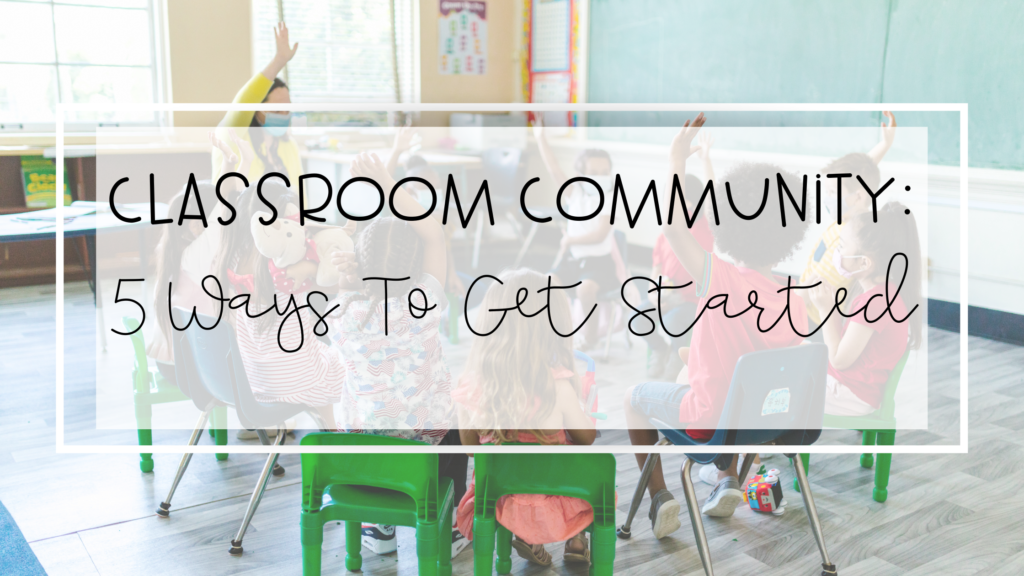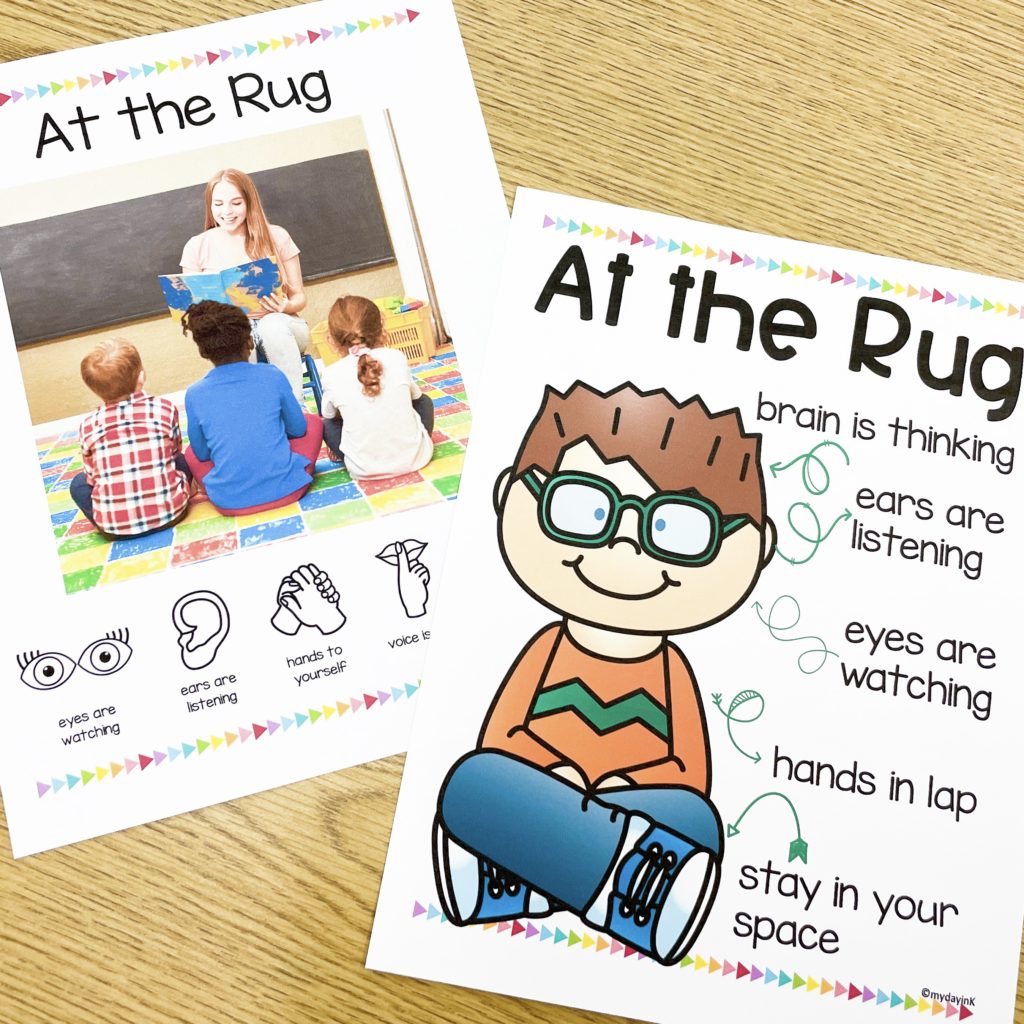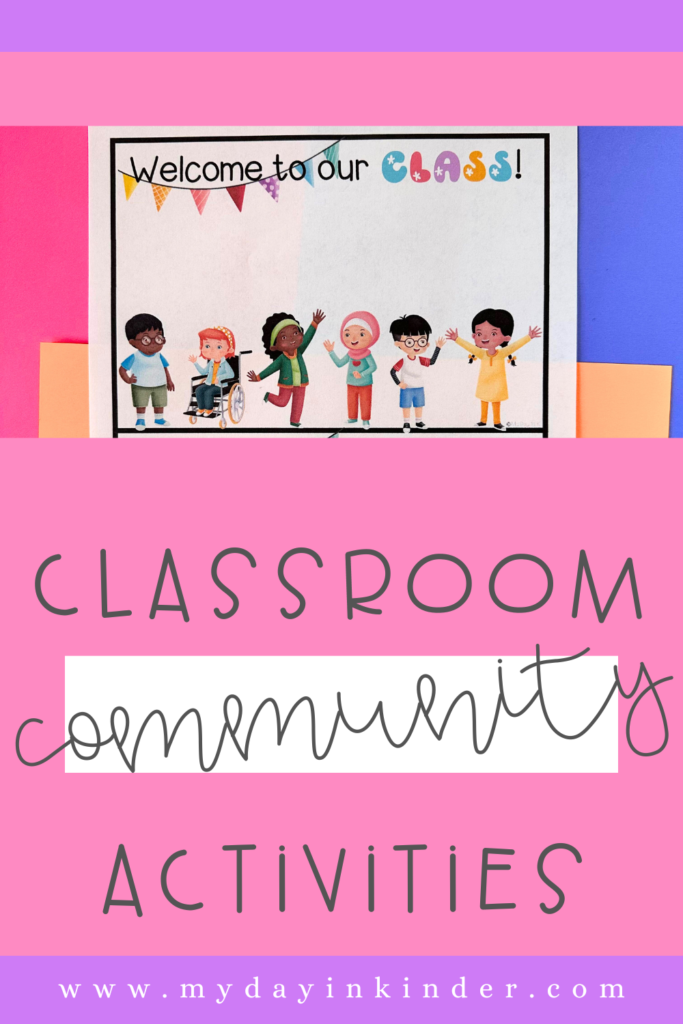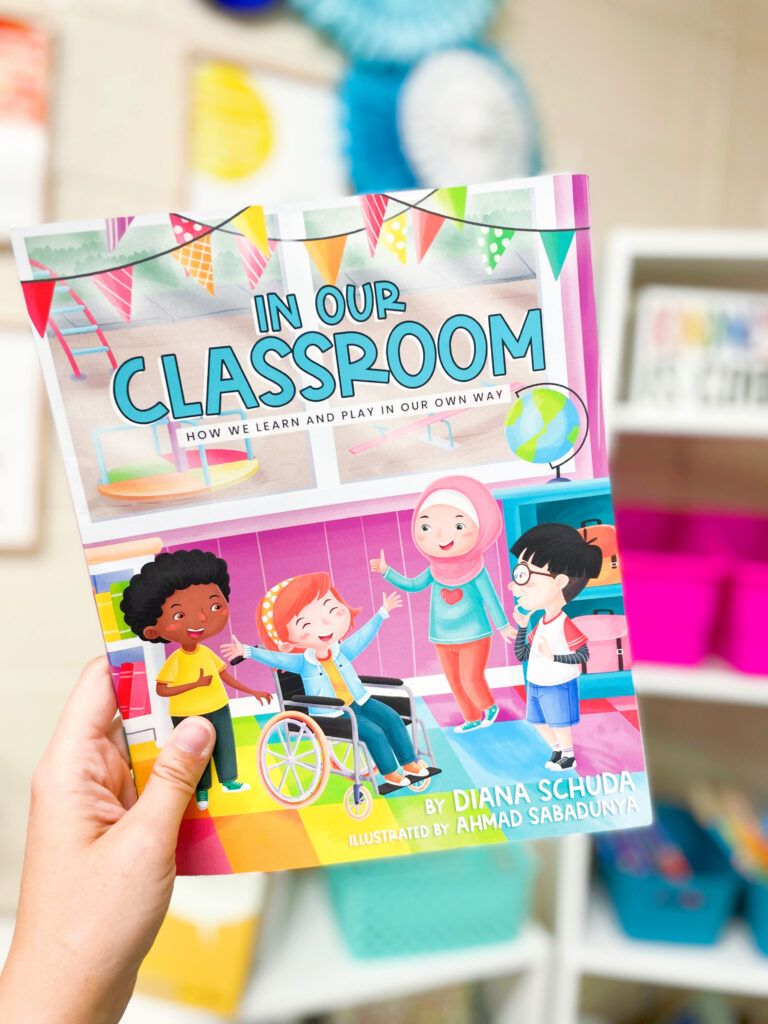Building a Strong and Caring Classroom Community: Strategies for Teachers
Creating a positive and caring classroom community is a very important part of your kindergarten year. As teachers, we have the power to establish a strong classroom community that promotes inclusion, empathy, and collaboration. A well-structured classroom community sets the stage for a supportive learning environment where students achieve academically, socially, and emotionally.

5 Ways to Build a Classroom Community
Teachers can implement some practical strategies to personalize their space, hold daily classroom meetings, incorporate social-emotional lessons, encourage cultural sharing, and teach problem-solving techniques. By implementing these approaches, you can foster a strong classroom community that enhances the overall educational experience for your students.
#1: Personalize Your Space
Personalizing your classroom space is a crucial step in building a positive and inclusive classroom community. Decorate your walls with student work, inspirational quotes, and culturally diverse materials that reflect the interests and identities of your students. This creates a welcoming environment where students feel valued and proud of their contributions. Incorporating student-created displays and providing opportunities for students to share their interests and achievements helps foster a sense of ownership and belonging. Personalizing your space also sends the message that the classroom community is a shared space where all students’ voices and experiences are honored.
#2: Hold Daily Classroom Meetings
Daily classroom meetings provide a valuable opportunity for students to connect, share, and collaborate. Set aside dedicated time each day for students to gather and discuss important matters, such as classroom rules, upcoming events, and community-building activities. These meetings create a sense of belonging and empower students to contribute to the decision-making process. Encourage students to express their thoughts, feelings, and ideas, fostering open communication and active participation. This collaborative environment allows for problem-solving discussions, the celebration of achievements, and the resolution of conflicts. Daily classroom meetings strengthen relationships, promote a positive classroom climate, and instill a sense of responsibility within the classroom community.

#3: Incorporate Social-Emotional Lessons
Integrating social-emotional learning into the curriculum is essential for building a strong and caring classroom community. Design and implement regular social-emotional lessons that focus on building positive relationships, managing emotions, and resolving conflicts peacefully. These lessons equip students with important life skills such as empathy, self-awareness, and responsible decision-making. By explicitly teaching these skills, you empower students to navigate social interactions, develop resilience, and contribute to a harmonious classroom community. Incorporate activities that promote self-reflection, cooperative learning, and collaborative problem-solving. By prioritizing social-emotional learning, you create a supportive environment where students feel understood, valued, and emotionally safe.
Sometimes getting everything together for the beginning of the year can be stressful. Let me give you a head start with my In Our Classroom starter pack. All you need is the In Our Classroom book, and you have some great social-emotional and community building lessons for the first week or so of kindergarten.
Way #4: Encourage Cultural Sharing
Embracing and celebrating the diversity within your classroom is essential for cultivating a caring and inclusive classroom community. Encourage students to share their cultural backgrounds, traditions, and experiences. Create opportunities for students to explore and appreciate different cultures through discussions, presentations, and interactive activities. By actively promoting cultural sharing, you foster an environment that values diversity and encourages mutual respect. Students develop a greater understanding and appreciation for different perspectives, helping to create a more inclusive classroom community where everyone feels seen and respected.
Way #5: Teach Problem-Solving Techniques
Teaching problem-solving techniques equips students with essential skills to resolve conflicts and work together effectively. Introduce strategies such as active listening, compromising, and brainstorming solutions. Encourage students to reflect on different perspectives and seek mutually beneficial outcomes. By teaching problem-solving techniques, you empower students to take ownership of their actions, communicate effectively, and collaborate successfully within the classroom. Foster a safe and supportive environment where students feel comfortable expressing their thoughts and opinions. Encourage open dialogue and guide students through structured problem-solving discussions. By providing opportunities for students to work through challenges together, you help them develop essential social skills that contribute to a strong and caring classroom community.
By personalizing your space, holding daily classroom meetings, incorporating social-emotional lessons, encouraging cultural sharing, and teaching problem-solving techniques, you create an environment where students feel valued, supported, and connected. Remember, a positive and inclusive classroom community sets the stage for optimal learning, growth, and development. Together, let’s foster a vibrant and inclusive learning community where all students thrive and become active contributors to society.
Looking for other helpful tips for the beginning of the year? Check out these other blog posts:
Tips For First Year Kindergarten Teacher
Kindergarten Classroom Must-Haves


